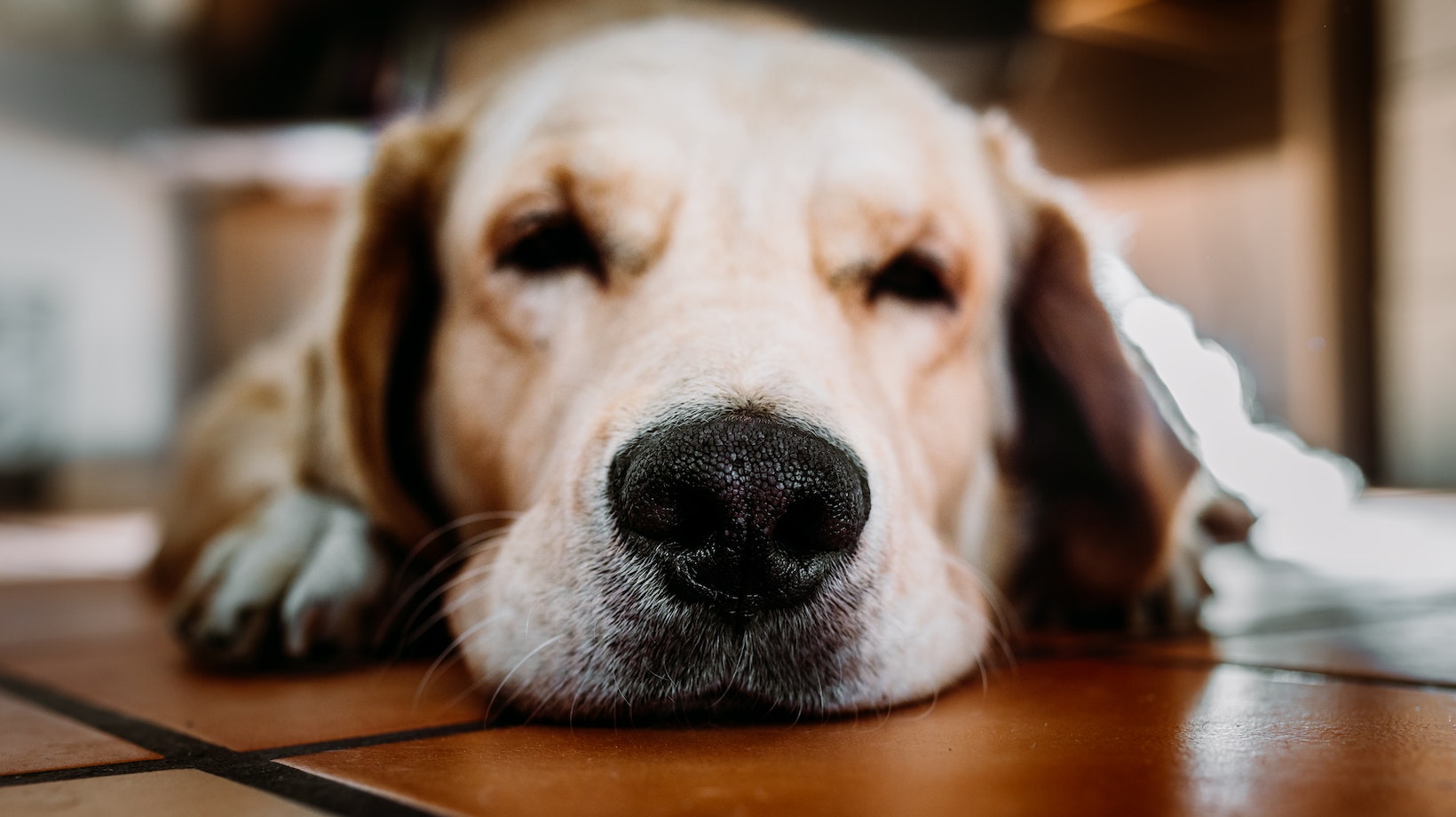How To Train A Dog To Be Calm
Training a dog to be calm is an essential skill that every pet owner should strive for. A calm and well-behaved dog not only creates a harmonious environment at home but also makes outings and social interactions more enjoyable. If you’re wondering how to train your dog to be calm, I’ll share some effective techniques to help you achieve this goal.
Firstly, establishing a routine is crucial in promoting calm behavior in dogs. Dogs thrive on structure and predictability, so setting consistent daily routines for feeding, exercise, playtime, and rest will help them feel secure and reduce anxiety. A regular routine also helps manage their energy levels throughout the day.
Another important aspect of training a dog to be calm is teaching relaxation cues. Start by teaching your dog basic obedience commands such as “sit” and “stay.” Once they have mastered these commands, you can introduce relaxation cues like “settle” or “relax.” Practice these cues in a quiet environment free from distractions and reward your dog with treats or praise when they respond calmly.
Setting Clear Expectations For Training
- Designate a Quiet Space: Choose a specific area in your home where you can conduct training sessions without distractions. This could be a quiet corner in your living room or even a separate room altogether.
- Remove Potential Stressors: Identify any triggers that might cause anxiety or excitement for your dog during training sessions. These could include loud noises, other pets, or unfamiliar objects. Take steps to minimize exposure to such stressors during training.
- Maintain Order and Organization: Dogs thrive in an organized environment. Keep the designated training space clean and clutter-free. This will not only help create a sense of tranquility but also make it easier for both you and your furry friend to focus on the task at hand.
Establishing A Consistent Routine
- Set Regular Training Times: Determine specific times each day dedicated solely to training sessions with your dog. Consistency in timing will help establish expectations and reinforce positive behavior over time.
- Use Clear Cues: Dogs respond well to clear communication signals. Use consistent verbal cues like “calm” or “relax” along with corresponding hand gestures whenever you want your dog to exhibit calm behavior.
- Reward Desired Behavior: Positive reinforcement plays a vital role in shaping desired behaviors in dogs. When your dog exhibits calmness during training sessions or throughout the day, reward them with treats, praise, or favorite toys. This will reinforce their understanding of what is expected from them.

Promoting Relaxation Techniques
- Deep Breathing Exercises: Just like humans, dogs can benefit from deep breathing exercises to promote relaxation. Encourage your dog to take slow, deep breaths by placing your hand gently on their chest and guiding the rhythm of their breath.
- Massage and Tactile Stimulation: Gentle massages or light touches can help soothe your dog’s nerves and release tension. Experiment with different strokes and pressure levels to find what works best for your furry friend.
- Progressive Muscle Relaxation: This technique involves systematically tensing and then releasing each muscle group in your dog’s body. Start from the head and work your way down to the tail, focusing on one area at a time. This exercise helps promote overall physical relaxation.
Establishing A Consistent Routine For Calming Dog Training
- Set Regular Meal Times:
- Feed your dog at the same times every day.
- Stick to a balanced diet recommended by your vet.
- Avoid feeding table scraps or too many treats, as this can lead to hyperactivity.
- Designate Exercise Sessions:
- Engage in regular exercise with your dog, such as walks or playtime.
- Aim for at least 30 minutes of physical activity twice a day.
- Provide mental stimulation through puzzle toys or obedience training.
- Allocate Rest Periods:
- Create designated quiet areas where your dog can relax undisturbed.
- Use comfortable bedding and ensure the area is free from distractions.
- Encourage restful behaviors by providing chew toys or calming music.
- Practice Consistent Training:
- Incorporate short training sessions into daily routines.
- Teach basic commands like “sit,” “stay,” and “leave it” using positive reinforcement techniques.
- Consistency is key; use the same cues and rewards each time you train.
- Maintain Regular Sleep Patterns:
- Dogs need adequate sleep for their overall well-being.
- Establish a bedtime routine that signals it’s time to wind down (e.g., dimming lights, gentle petting).
- Ensure your dog has a quiet and comfortable sleeping area.
By following these steps and establishing a consistent routine in your dog’s life, you’ll provide them with the stability they crave while promoting calmer behavior. Remember, patience and consistency are vital in dog training, so be sure to reward positive behavior and remain dedicated to the process.